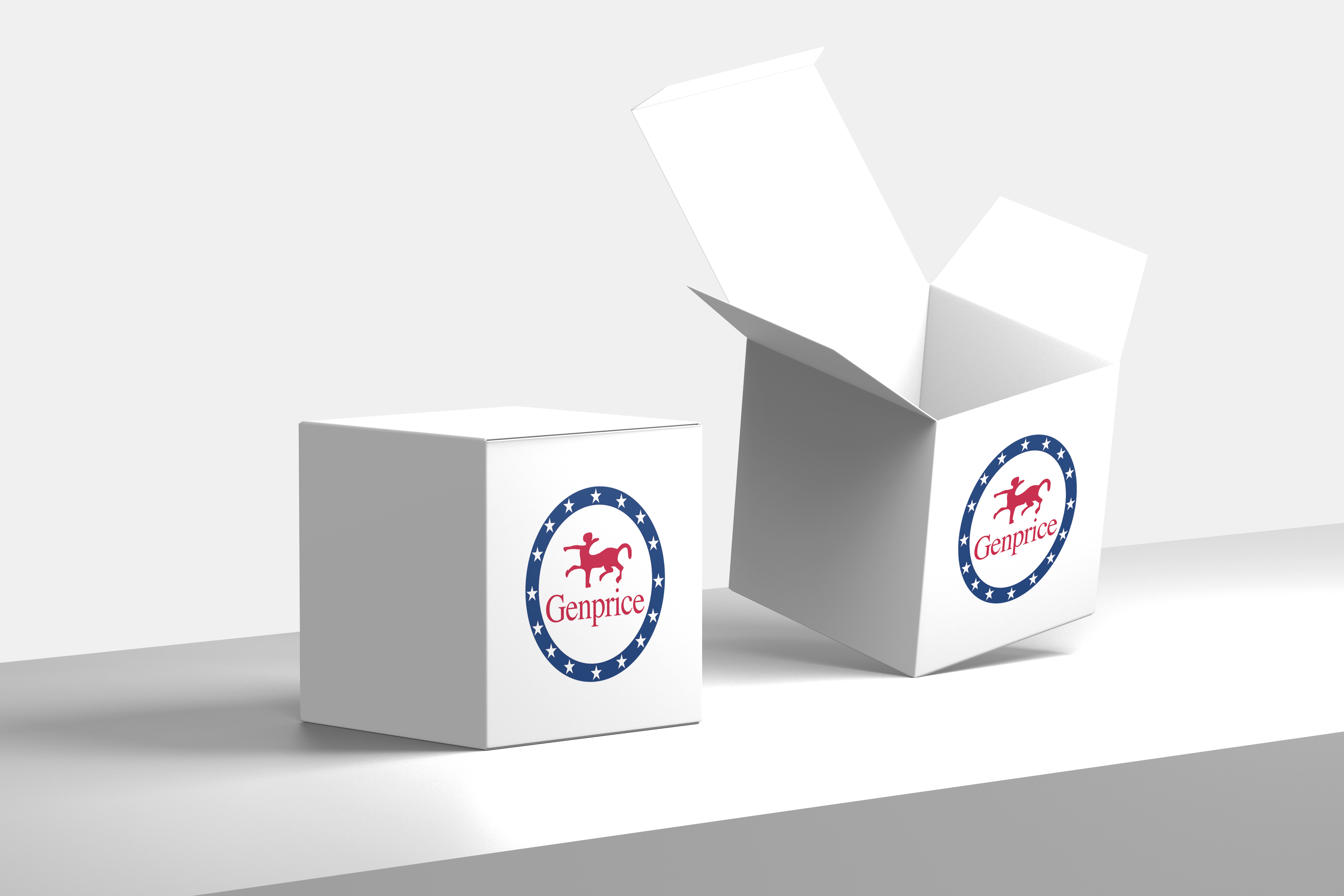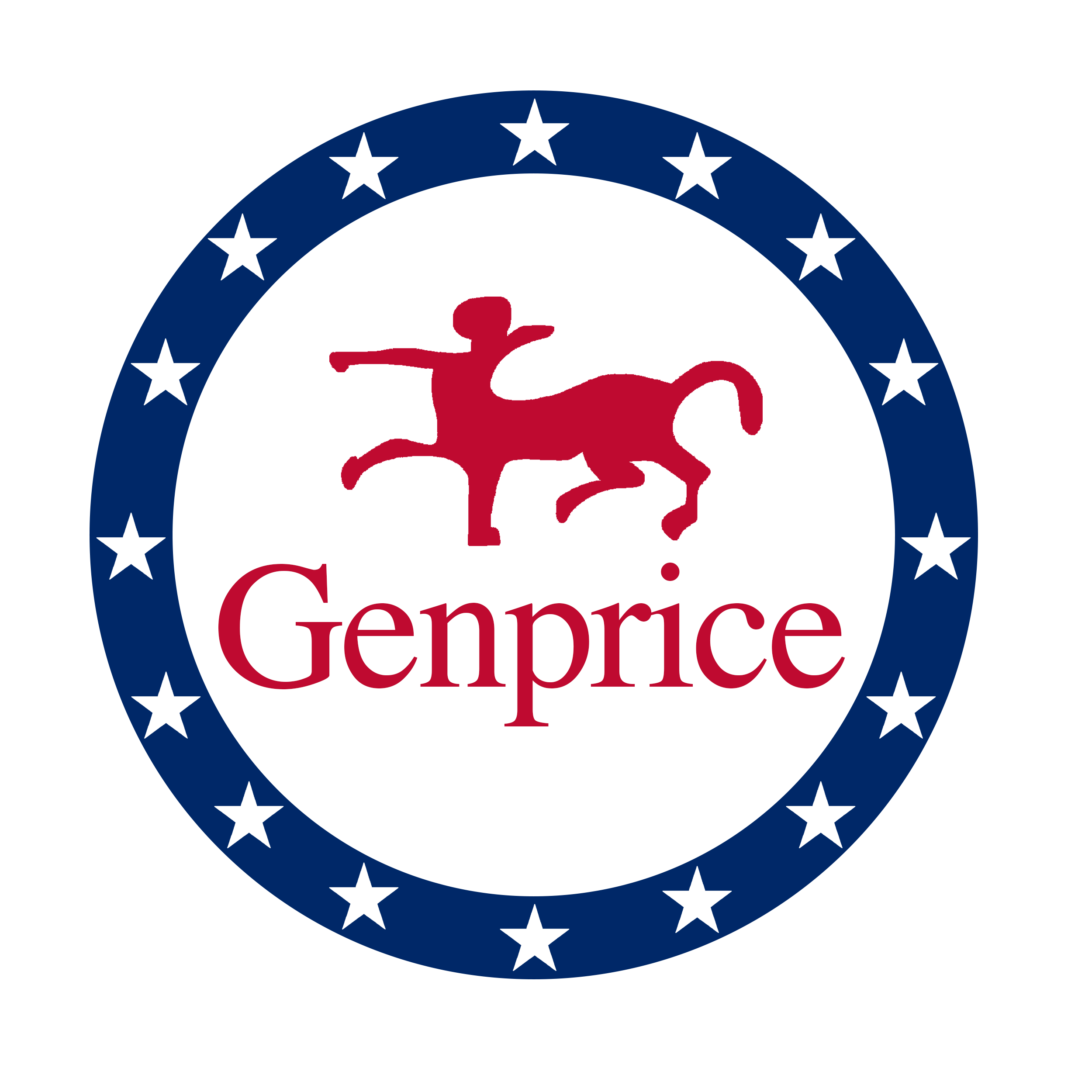+1 (408)780-0908

Anti-beta-Tubulin Alexa Fluor® 488
The microtubules are intracellular dynamic polymers made up of evolutionarily conserved polymorphic alpha/beta-tubulin heterodimers and a large number of microtubule-associated proteins (MAPs). The microtubules consist of 13 protofilaments and have an outer diameter 25 nm. Microtubules have their intrinsic polarity highly dynamic plus ends and less dynamic minus ends. Microtubules are required for vital processes in eukaryotic cells including mitosis, meiosis, maintenance of cell shape and intracellular transport. Microtubules are also necessary for movement of cells by means of flagella and cilia. In mammalian tissue culture cells microtubules have their minus ends anchored in microtubule organizing centers (MTOCs). The GTP (guanosintriphosphate) molecule is an essential for tubulin heterodimer to associate with other heterodimers to form microtubule. In vivo, microtubule dynamics vary considerably. Microtubule polymerization is reversible and a populations of microtubules in cells are on their minus ends either growing or shortening 8211 this phenomenon is called dynamic instability of microtubules. On a practical level, microtubules can easily be stabilized by the addition of non-hydrolysable analogues of GTP (eg. GMPPCP) or more commonly by anti-cancer drugs such as Taxol. Taxol stabilizes microtubules at room temperature for many hours. Using limited proteolysis by enzymes both tubulin subunits can be divided into N-terminal and C-terminal structural domains.
The beta-tubulin (relative molecular weight around 50 kDa) is counterpart of alpha-tubulin in tubulin heterodimer. It is coded by multiple tubulin genes and it is also posttranslationally modified. Heterogeneity of subunit is concentrated in C-terminal structural domain.
The antibody TU-12 recognizes an epitope located within aa 345-430 of C-terminal domain of beta-tubulin in various species.
RUO
Mouse
Mouse,Rat,Pig,Human,Nicotiana,Arabidopsis
Porcine brain microtubule protein MTP-1.
beta-Tubulin
IgM
TU-12
Flow cytometry: Recommended dilution: 2-5 µg/mL. Intracellular staining.
ICC,FC
0.1 mg/mL
Alexa Fluor® 488
Stabilizing Tris buffered saline (TBS), pH 8.0, 15 mM sodium azide
*Blume Y, Yemets A, Sheremet Y, Nyporko A, Sulimenko V, Sulimenko T, Draber P: Exposure of beta-tubulin regions defined by antibodies on an Arabidopsis thaliana microtubule protofilament model and in the cells. BMC Plant Biol. 2010 Feb 1810(1):29. [Epub ahead of print], URL: https://www.ncbi.nlm.nih.gov/pubmed/20167106?itool,*Smertenko A, Blume Y, Viklický V, Dráber P: Exposure of tubulin structural domains in Nicotiana tabacum microtubules probed by monoclonal antibodies. Eur J Cell Biol. 1997 Feb72(2):104-12., URL: https://www.ncbi.nlm.nih.gov/pubmed/9157006?itool=,*Draber P, Draberova E, Viklicky V.: Immunostaining of human spermatozoa with tubulin domain-specific monoclonal antibodies. Recognition of a unique beta-tubulin epitope in the sperm head. Histochemistry. 199195(5):519-24., URL: https://www.ncbi.nlm.nih.gov/pubmed/1714437?dopt=A,*Pěknicová J, Pexidrová M, Kubátová A, Koubek P, Teplá O, Sulimenko T, Dráber P: Expression of beta-tubulin epitope in human sperm with pathological spermiogram. Fertil Steril. 2007 Oct88(4 Suppl):1120-8., URL: https://pubmed.ncbi.nlm.nih.gov/17467706/,
*Linhartova I, Draber P, Draberova E, Viklický V: Immunological discrimination of beta-tubulin isoforms in developing mouse brain. Post-translational modification of non-class-III beta-tubulins. Biochem J. 1992 Dec 15288 ( Pt 3):919-24. , URL: https://www.ncbi.nlm.nih.gov/pubmed/1281983?dopt=A,
Store at 2-8°C. Protect from prolonged exposure to light. Do not freeze.
Similar Products
| Cat | Product Name | Size | Price |
|---|---|---|---|
